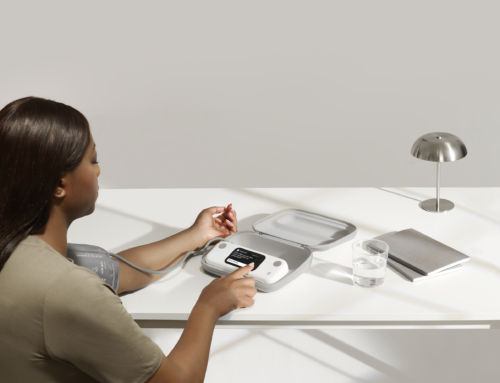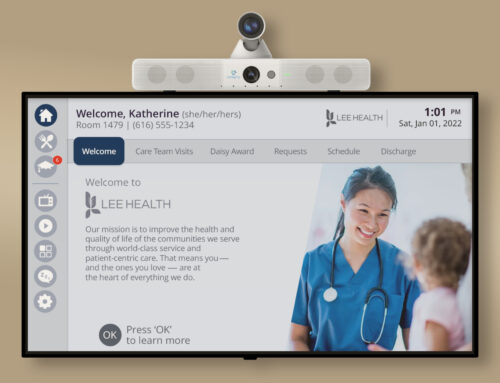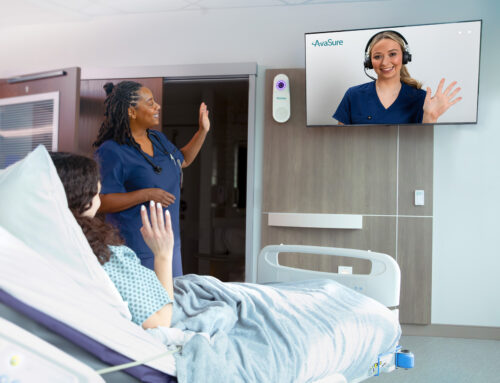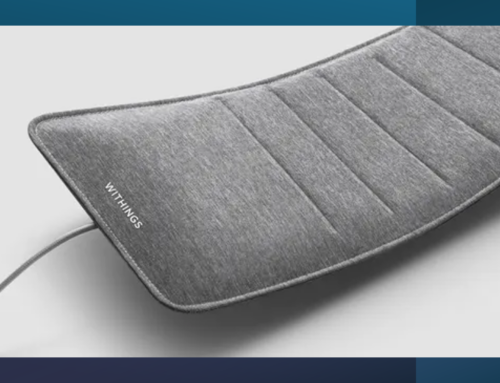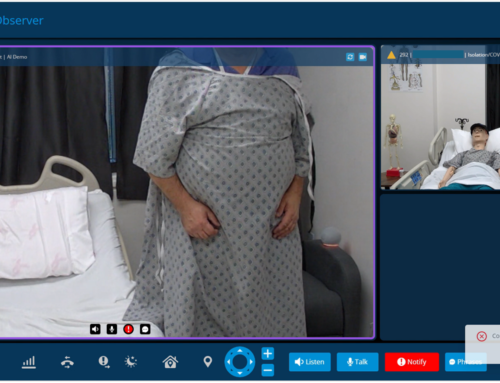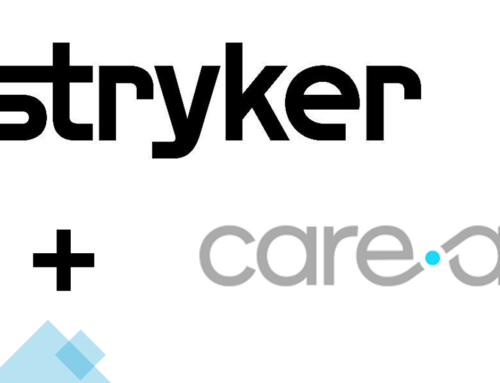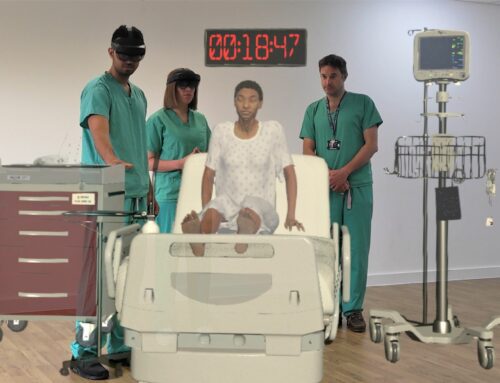By Mick Connors, M.D |
Hint: It’s all about keeping things personal
A new study has revealed that telemedicine is here to stay. But where exactly is it headed?
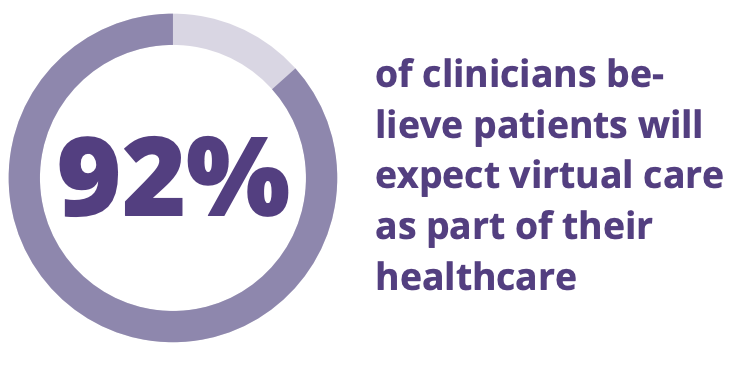
Michael Gorton—who years ago correctly predicted telehealth’s future when he founded Teladoc—is now pondering where the industry is headed next. In this video response, he highlights the value in preserving the relationship
between families and their doctors, especially pediatricians who are uniquely poised to lead the way.
Most pediatricians already understand and cultivate this crucial relationship with patients and their families, so it only makes sense that protecting these key connections be a top priority when it comes to the next generation of telemedicine platforms.
Anytime Pediatrics recently published a report outlining pediatric telehealth from a pediatrician’s perspective. Just like Gorton’s new prediction, the 2021 State of Pediatric Telemedicine industry survey revealed several valuable insights, including:
- 92% of the 787 respondents believe virtual care will remain expectation of patients. This statistic is a huge contrast to pre-Covid data when less than 10% of pediatricians were offering virtual visits. The pandemic has dramatically changed this perspective and the understanding that patients and families want virtual care.
- 72% of pediatricians think telemedicine is easy for patients. This finding is striking as we also learned that 96% of patients on our platform are highly satisfied with their telehealth visits. It underscores the fact that many physicians are still not seeing the challenges patients face in accessing their brick-and-mortar offices. Phone trees, phone tag with clinicians, scheduled appointments, families leaving work for appointments—are those deemed “easy”?
 While telemedicine visits are much easier and effective for many families, pediatrics still has miles to go. According to HealthDay, pediatric visits were down well before the pandemic. Kids are not going to the pediatrician like they once did for illness. Overall, visits to the pediatrician in the United States dropped by 14% between 2008 and 2016, and sick visits were down 24%.
While telemedicine visits are much easier and effective for many families, pediatrics still has miles to go. According to HealthDay, pediatric visits were down well before the pandemic. Kids are not going to the pediatrician like they once did for illness. Overall, visits to the pediatrician in the United States dropped by 14% between 2008 and 2016, and sick visits were down 24%.
Why this significant drop? We do know that during this time less than 10 percent of pediatricians were taking calls from nurse lines, as reported to Contemporary Pediatrics. We also know that retail clinics, urgent cares and direct-to-consumer telemedicine has exploded.
- 60% of patients want an app for telemedicine. This finding was remarkable as so many telemedicine vendors market that the patient “doesn’t have to download” anything. In fact, the majority do want to download something and streamline the process. Overall, it appears patients want choices, and each have a favorite way to access their pediatrician.
- Only 30% of pediatricians report using telemedicine after regular office hours. This percentage is rather odd considering that after hours are the prime times for parental concerns about illness. As a matter of fact, 80% of the calls to nurse lines after hours are parents worried about children. Our own data show that clinicians who serve patients via virtual walk-in, see 15 visits more per month per clinician, so the demand is clear. I think until pediatricians fully embrace virtual care when patient demand is highest, they will continue to struggle with loss of visits and revenue to other more convenient offerings.
So, what is next in pediatric telemedicine?
It’s evident that the pandemic has given the power and influence back to pediatricians. The pandemic also has sparked interest in primary care, care coordination, equity and social determinants. Though nothing new, the attention and opportunity lies before us.
But will pediatricians accept this opportunity?
It’s clear that patients want the convenience and access that technology can offer. The question lies in whether pediatricians will adapt to this new demand and pivot their workflows to better meet the needs of the patients and families. Of course, it’s critical to ask how we can reinforce for families the value of care delivered by their pediatrician or local trusted care. Do families truly value their medical home? Do they understand the value of pediatric training and experience?
When it comes to trusted relationships or convenience—let’s not make families choose. They deserve both. We need to be careful about focusing just on technology. We cannot lose sight and continue to ask where trust, training and relationships fall into the care-delivery model.
As patients are being transformed into customers, and the push is for convenience and access, does who you connect with matter? Also, what will all this convenience mean for total cost of care and utilization? Without relationships at the center, we tend to see even the eyes of pediatric leaders on fear of overuse. This fear is hard to understand when you recognize that the use of pediatric primary-care expertise and accessing a medical home is becoming more and more underutilized.
Another concern for pediatricians is to ensure reports don’t mistakenly blame technology. Studies like this can lead some to not realize that overprescribing of antibiotics was not due to technology. The problem highlighted here is that an overwhelming majority of children were not connected with their regular pediatricians.
Finally, we must pay attention closely to quality and policy development. We must not enable quality metrics to be driven by models that emphasize convenience over continuity. Pediatricians need to be involved and very active in advocacy and have strong representation. We have to monitor policy and metrics.
All in all, COVID-19 has ensured that virtual care is here to stay, and pediatricians recognize this changing climate. Pediatric care has been changed forever. While we have made great progress, great opportunity lies ahead, especially for primary care and relationships. However, we still have much work to do to ensure that technology is used as a connector and not a disrupter.
Kids deserve better care, and all kids need access to a medical home. Telemedicine is a door to achieve this idealistic goal. We can keep relationships at the forefront, enable convenience for parents and give kids the best care.
Mick Connors, M.D., is a currently practicing pediatric emergency physician and also co-founder and CEO of Anytime Pediatrics, a pioneer in virtual heathcare that has grown to serve thousands of pediatric clinicians nationwide and hundreds of thousands of children. Mick has practiced at a variety of children’s hospitals, including Connecticut Children’s Medical Center and East Tennessee Children’s Hospital, and is also founder and president of Pediatric Analgesia and Sedation Specialists, PLLC.
View the complete results of the 2021 State of Pediatric Telemedicine Report here:
https://anytimepediatrics.com/2021-state-of-pediatric-telemedicine-report/

